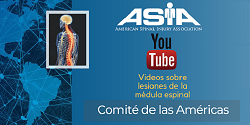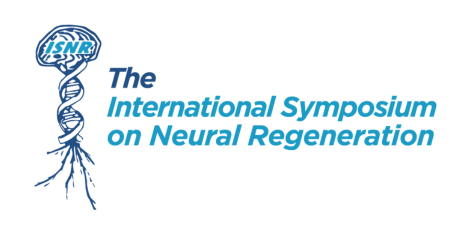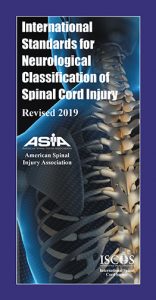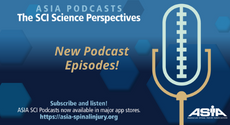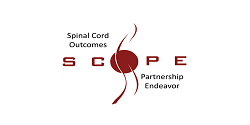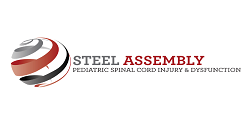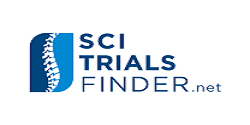.
| Health Maintenance Checklist |
|---|
- Establish routine protocol for blood pressure monitoring, especially in individuals with injuries at sixth thoracic spinal cord segment and above.
- Assess for triggers of autonomic dysreflexia (AD, due to bowel/bladder) and provide appropriate interventions.
- Advocate the use of bladder and bowel protocols and steps to prevent UTIs and constipation, as these could be crucial steps in prevention of episodes of life-threatening AD.
- Advocate for use of an AD wallet card.
- Consider an AD home kit with appropriate pharmacological and nonpharmacological interventions to manage unstable blood pressure in order to prevent AD and orthostatic hypotension (OH).
| Lista de verificación de mantenimiento de la salud |
|---|
1. Establecer un protocolo de rutina para el monitoreo de la presión arterial, especialmente en personas con lesiones medulares localizadas al nivel del sexto segmento torácico y superiores.
2. Evaluar los factores desencadenantes de la DA (intestino / vejiga) y proporcionar las intervenciones adecuadas.
3. Abogar por el uso de protocolos para el manejo de la vejiga y el intestino, así como métodos para prevenir las infecciones urinarias y el estreñimiento, ya que estos podrían ser pasos cruciales en la prevención de episodios potencialmente letales de DA.
4. Abogar por el uso de una tarjeta de DA para llevar en la billetera.
5. Considerar un kit casero de DA con intervenciones farmacológicas y no farmacológicas apropiadas para controlar la presión arterial inestable con el fin de prevenir la DA y la HO.
.
| Episodic Care Considerations |
|---|
1. Recognize the signs and symptoms of AD including
-
- Blood pressure >20 mm Hg above baseline
- Headache
- Bradycardia or tachycardia
- Profuse sweating, flushing, and/or piloerection above level of injury
- Blurred vision
- Nasal congestion
2. If unable to identify trigger or removal of trigger does not reduce blood pressure, consider use of antihypertensives.
3. If home or office interventions are unsuccessful, refer patient to hospital emergency department.
| Lista de verificación de mantenimiento de la salud |
|---|
1. Reconoer los signos y síntomas de la DA, incluidos
• Presión arterial (PA)> 20 mm Hg por encima de la habitual
• Cefalea
• Bradicardia o taquicardia
• Sudoración profusa, rubor y / o piloerección por encima del nivel de la lesión
• Visión borrosa
• Congestión nasal
2. Si no puede identificar el desencadenante o la eliminación del desencadenante no reduce la PA, considere el uso de antihipertensivos.
3. Si las intervenciones en el hogar o en el consultorio no tienen éxito, remita al paciente al departamento de emergencias del hospital.

